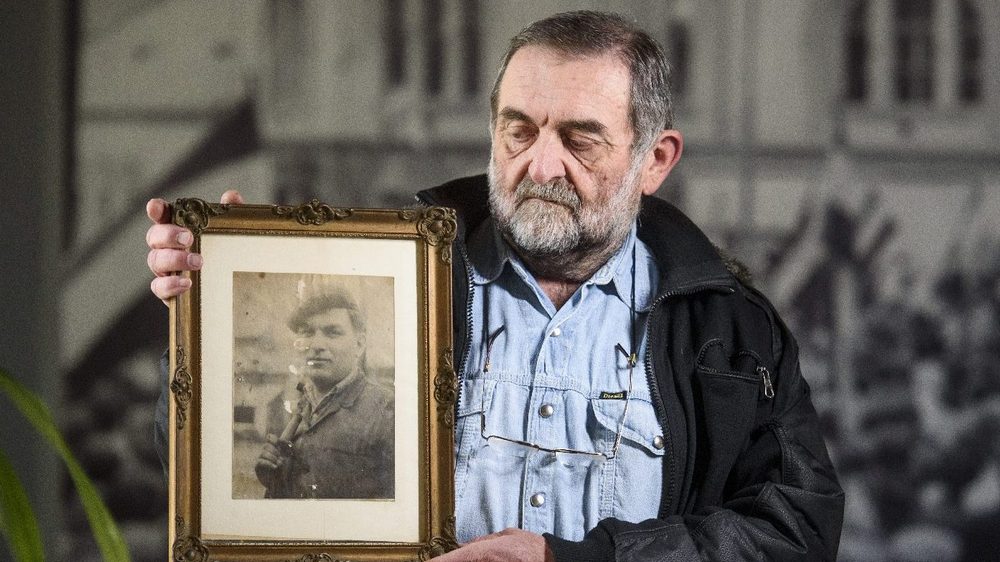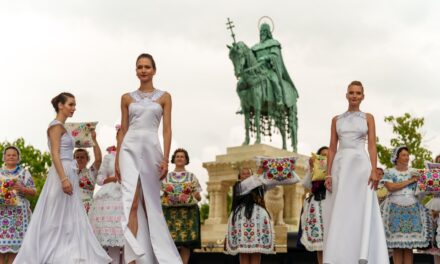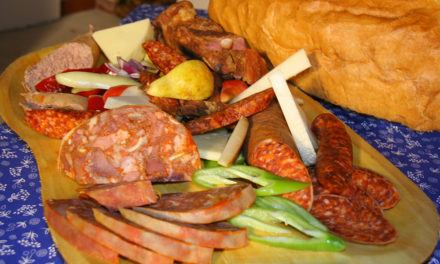On the city's day of mourning, Mayor Zsolt Fekete (Salgótarján, Szeretem! Association - DK, Tarjáni Városlakó Egyesület) said that although the exact circumstances of the fire are still unclear and the data on the number of dead also differ, it is certain that December 8. tér is the 1956 became one of the symbols of the mass reprisals associated with the revolution of
Although the revolution of 65 years ago was crushed, it was the suppression of the rebellion in blood that showed that the real power does not belong to those who arrive on top of tanks, but to those who have the courage to protest, added Zsolt Fekete.
Referring to the recollections of eyewitnesses, he said that almost immediately after the tragedy, hundreds applied to donate blood.
"Let's feed on the unity that characterized the people of Salgótárján, who woke up from the first shock immediately after the fate-changing tragedy, in the darkest days of our city's history," emphasized the mayor.
In the county seat of Nógrád, on December 8, 1956, around four thousand people protested for the release of two workers' council leaders in the then-Vásártér, when authoritarians and Soviet soldiers opened fire on the peaceful crowd.
According to archival sources, the shooting had 46 fatalities, the Association of Hungarian Political Prisoners (Pofosz) puts the number of victims at 131.
Mrs. Mihályn Bérczesi, the president of Pofosz Nógrád county, spoke about the fact that it was not possible to clarify the number of victims, but she emphasized that 46 people did not die.
He said that the steel factory workers were held back, and by the time they reached the square, there were already many dead and wounded, "the road and sidewalk were covered with corpses from the police station to the church."
The leader of Pofosz county asked the still living relatives and young people not to let the memory of 1956 be lost.
After the commemorative show at the Zenthe Ferenc Theater in Salgótarján, institutions, organizations and parties placed their wreaths and flowers at the memorial, including Pofosz, the city's Fidesz-KDNP, the parties of the opposition coalition, Salgótarján, Szeretem! Association, as well as the convicted József Ponyi '56.
Before the commemoration, an ecumenical service was held in the Church of the Blessed Virgin Mary, from where the participants marched on a memorial walk to December 8th Square.
MTI
Photo: József Bátfai with the photograph of his father, József Bátfai, who died in the firefight in 1956, at the 1956 temporary exhibition of the Béla Dornyay Museum in Salgótarján on November 16, 2016. The then thirty-year-old blacksmith took part in the demonstration after his night shift. He was fatally shot while rescuing an injured colleague (Photo: MTI/Péter Komka)












